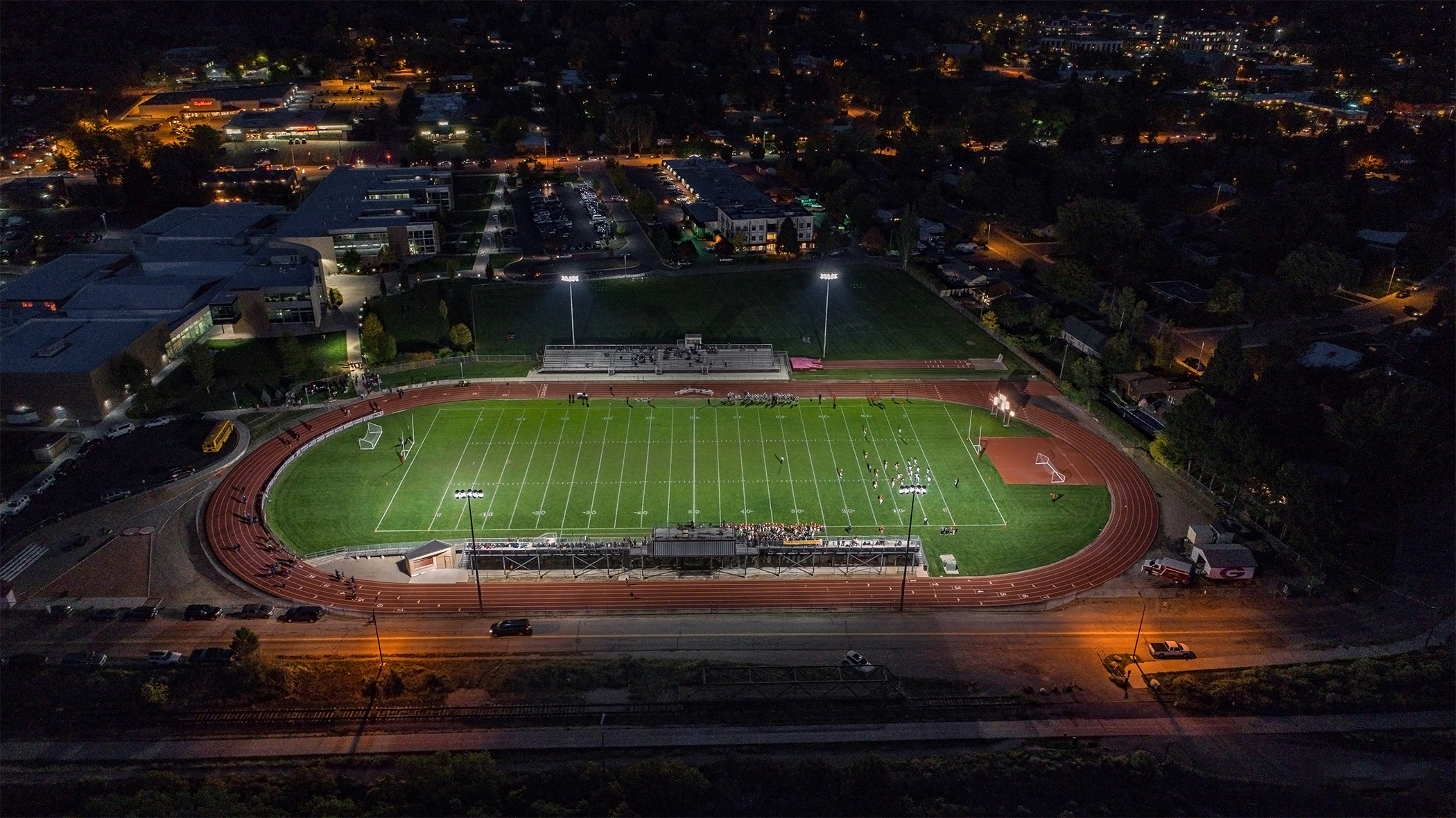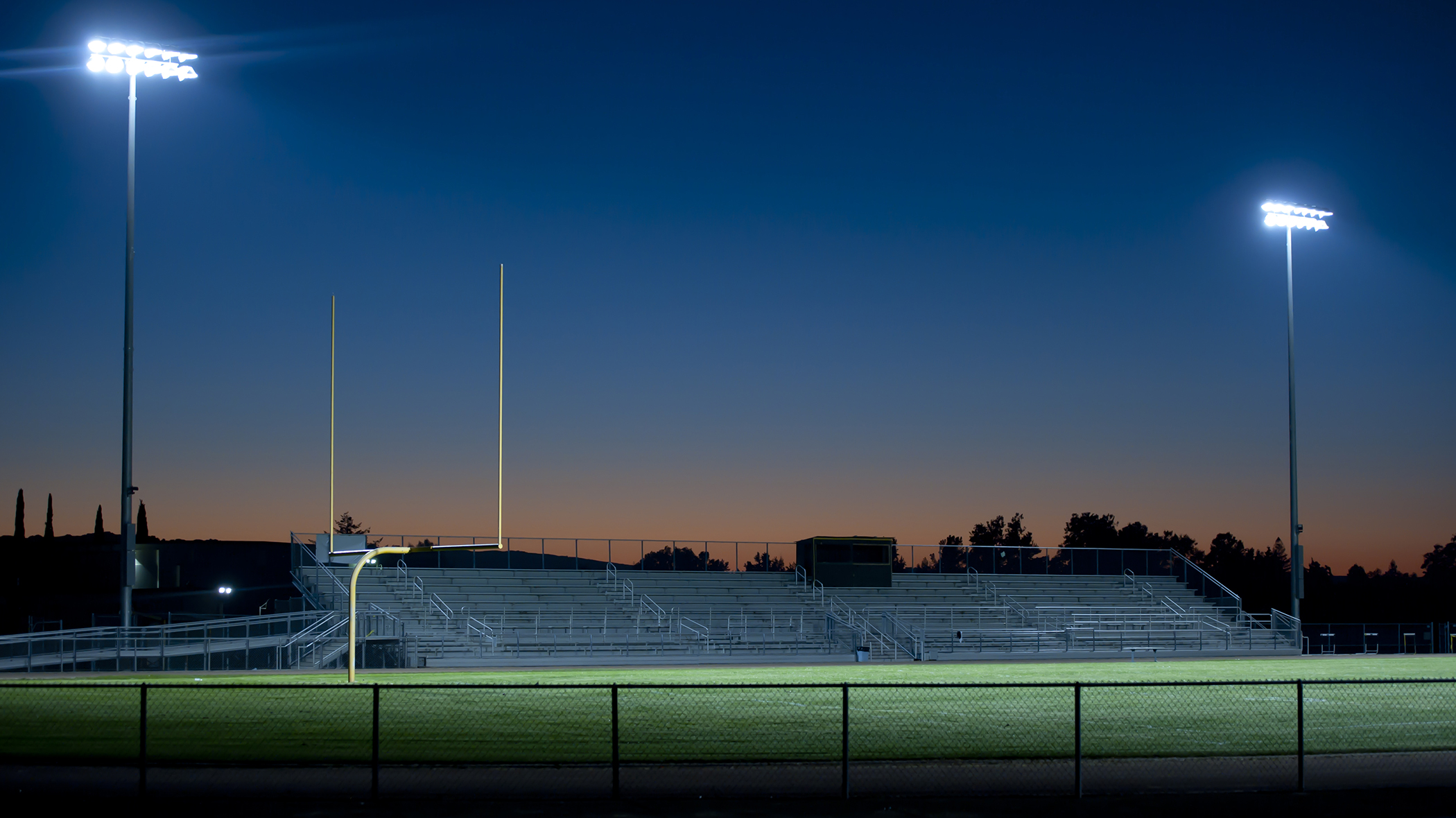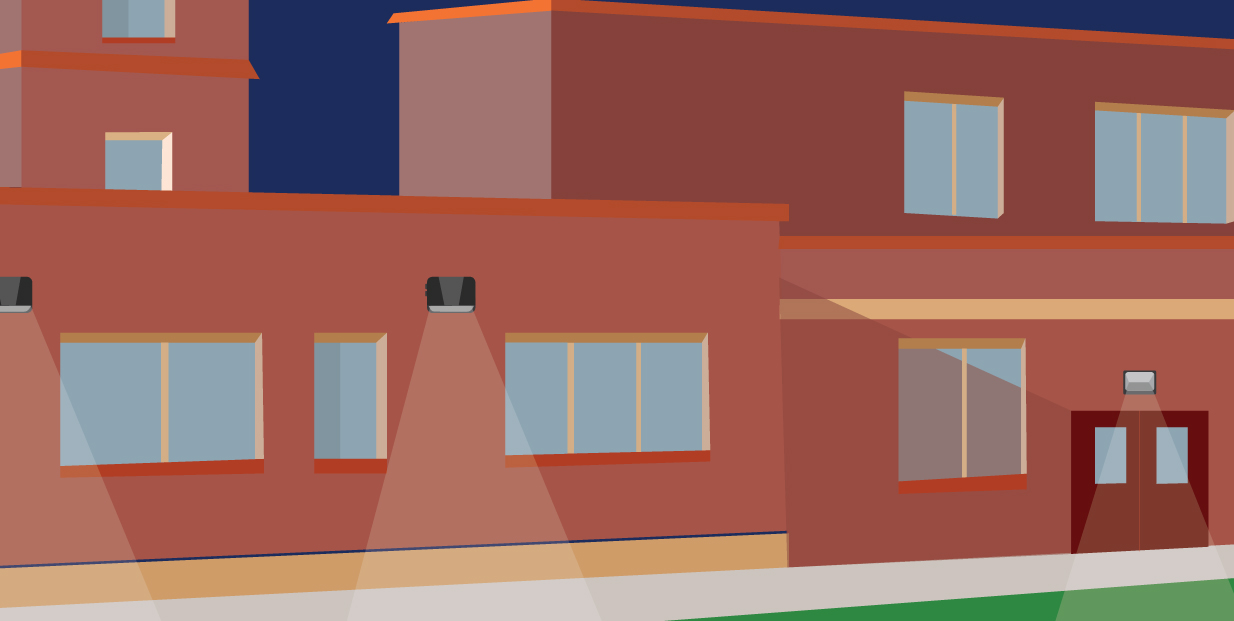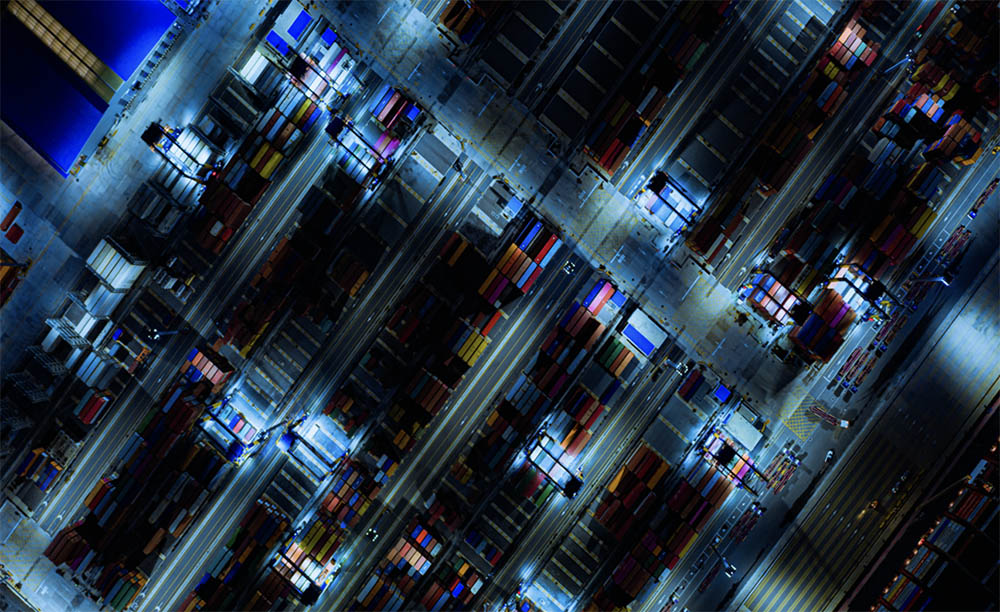4 min read
This is the second in a series of blogs covering sports flood lights. In this blog, we talk about key considerations for facilities management personnel when it comes to lighting their sports facilities. A Facility Manager has to think about many different things such as creating a great experience for the facility users, always keeping the lights on (literally and figuratively) and creating efficiencies for all of the different assets they manage (light fixtures being an important asset) in their facility. A large percentage of outdoor sports fields in Canada still use HID fixtures and often times it’s a choice between plowing through with HID fixtures and doing the cost-benefit analysis to make that switch to LED.
By comparing HID to LED sports lights in detail, you may be able to uncover some of the less obvious benefits to help you with your buying decision.
There are many benefits to using LED over HID in general and this blog covers some of them while using a sports flood as an example of how these benefits can be seen. Overall, an LED fixture will tend to have a much better lighting performance versus its HID counterpart. The benefits in a sports specific scenario are that the LED lighting benefits both the players on the field, court, or rink as well as the viewers who will have a much better time watching the game. Improved lighting performance may be a benefit that is more apparent when thinking about lighting, however there are many other aspects to think through. Let’s dive in.
Longer Lifetime
One of the biggest benefits of an LED fixture over an HID fixture is the significantly longer lifetime that the LED fixture provides. Along with the overall lifecycle of the fixture, an HID fixture tends to lose significant lumen output as it ages, and in the case of a sports flood, the brightness of the light is very important because of its application.
A longer lifecycle for the fixture means that the fixture runs at optimal performance and efficiency, with the least amount of maintenance requirements. Sports flood lights tend to be a significant capital expenditure so spending less money over the lifespan of the fixture is really important. Looking closer at the actual numbers behind the lifespan of the fixture we can see that while LED fixtures tend to last around 100,000 hours, an HID lamp will last somewhere between 10,000-25,000 hours. This means that on average you will need to replace 4-10 HID lamps to make up the amount of time of one LED fixture’s lifespan.
More Energy Efficient
When people think about LED vs HID one of the main factors of the discussion is how energy efficient LED lights are. This of course is the same when looking at the sports flood application. The main issue HID has with energy efficiency is that HID lights lose substantial energy to infrared (heat) emissions, whereas LED lights don’t have that problem. In case of sports floods RAB Design’s 500W SFL-LED fixture serves as an ideal replacement for a 750W Metal Halide fixture, and 600W SFL2-LED fixtures serve as an ideal replacement for a 1000W Metal Halide fixture.
Energy losses can occur in different ways. A form of energy loss is the rigid design of HID fixtures not allowing them to be directed in the correct direction. As covered in the first blog of the series, the angle and pattern in which sports flood lights are distributing light is crucial to the applications in which they are used. HID lights are omnidirectional, which means that energy is lost reflecting and redirecting the light to where it needs to go. LED lights are designed with engineered optics and emit light directionally, meaning there may be a need for fewer LED fixtures in comparison to HID fixtures. This redirection means that for an HID sports flood light can get trapped in the fixture which is of course energy wasted.
A final point to look at is how much power is actually being used in an HID fixture compared to an LED fixture of the same wattage. The rule of thumb is that the ballast of an HID fixture consumes an additional 10% of the total wattage. So, a 1000W Metal Halide fixtures has a total system wattage of 1100 Watts compared to 600W LED fixture.
Easier Maintenance
Aside from just the general lifespan of the fixture, there is a risk in HID sports lights that certain parts, such as the filament, will break with too much vibration. It is not uncommon for filaments to break in sports floods as they are installed high off the ground where wind can be a large factor creating vibrations. HID components such as lamps and ballasts, and HID fixtures themselves are getting harder to source with overall shrinking demand and global supply chain challenges. It can take months to repair HID fixtures at which point your season is hugely impacted. In a country like Canada where the use of sports floods is seasonal, any downtime repairing a fixture is a large portion of the active season. As an example, if we look at an outdoor hockey rink with a season of 4 months, a light being out of commission for 1 month is the equivalent of a quarter of the season or 3 months in a year.
The shorter lifetime of HID lamps along with the possibility of parts breaking means that it will need to be replaced a lot more frequently than its LED counterpart.
Safety
Along with just cost, another issue with needing to replace a sports flood fixture multiple times is safety. These fixtures can be on the top of a 100-foot pole which can be a risky operation for workers to undertake. Some of the materials in an HID fixture are also toxic which means that there is an added risk to installing as well as removing the fixture for the worker. LED sports flood lights don’t contain these toxic materials, they run cooler than HIDs, and also need to be replaced a lot less frequently meaning that risks to the safety of workers can be vastly reduced.
As LED fixtures tend to be smaller than HID fixture there is also an added benefit when it comes to transporting and installing the fixture as well in comparison to bulkier built HID fixtures that tend to be bigger as they require more space for ballasts and lamps.
As mentioned earlier, continually having to replace and conduct maintenance activities on the asset will be more costly in the long run. LED fixtures such as the RAB Design’s SFL-LED Series, give the Facility Manager peace of mind thanks to limited maintenance and maximum uptime for various assets and facilities.
If you’re unsure if it’s time to make that switch from HID to LED, we have a checklist that should help you decide. Click here to access the checklist.
Stay tuned for the 3rd and final installment of this series or check out the first blog here if you haven’t already!



